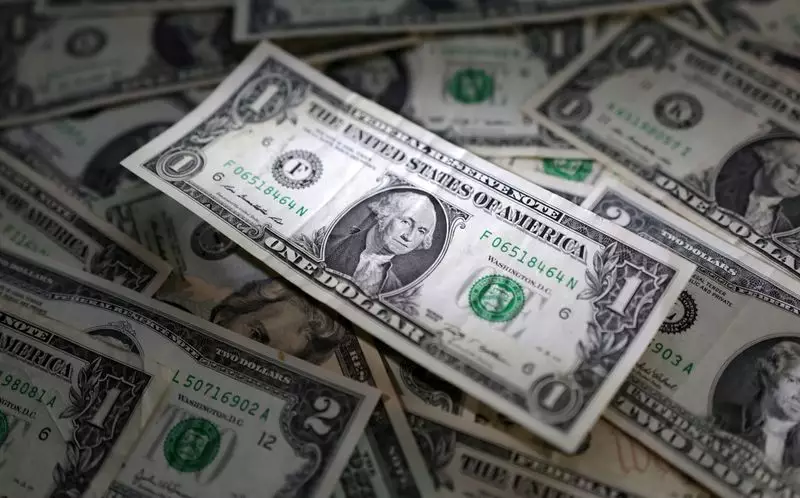The dollar has fallen to its lowest point this year against the euro, with traders anxiously awaiting potential revisions to the U.S. payrolls data. This uncertainty is further compounded by an upcoming speech from Federal Reserve Chair Jerome Powell, adding to the volatility in the market. The pressure on the U.S. currency is evident as it has also dipped below the 145 yen level and remains close to a more than one-year low against the sterling.
One of the key factors driving the decline of the dollar is the decrease in U.S. bond yields, which have reached their lowest point since August 5th. The soft monthly jobs figures that were released sparked fears of a recession, resulting in a crash in yields. This reduction in the yield premium in the U.S. Treasury market is contributing to the downward trend of the U.S. dollar across various currency pairs.
The release of a weak monthly payrolls report earlier in the month triggered a spike in volatility within the market. Traders quickly adjusted their expectations, with many anticipating a significant interest rate cut by the Fed in September. However, recent improvements in macroeconomic data have caused a shift in sentiment, with probabilities now leaning towards a quarter-point rate cut instead of a half percentage point cut.
Investors are eagerly awaiting Powell’s speech at the Kansas City Fed’s Jackson Hole economic symposium, where they hope to gain insights into the Fed’s monetary policy decisions. The focus will be on the potential size of the rate cut next month and whether further reductions are to be expected in the future. Additionally, a special session of Japan’s parliament scheduled for Friday will see discussions on the Bank of Japan’s unexpected interest rate hike and the central bank’s recent dovish turn.
The U.S. dollar index, which measures the currency against major rivals, continues to decline, reaching a fresh low since the beginning of the year. The euro has surged to its highest point since December, while sterling and the yen also remain strong against the dollar. Australia’s dollar and New Zealand’s dollar are also seeing gains, with both currencies reaching recent highs.
The current state of the forex market is characterized by uncertainty and volatility. The dollar’s decline against major currencies reflects shifting market sentiment and economic conditions. As traders await key economic data releases and central bank decisions, the future direction of the U.S. dollar remains uncertain.

